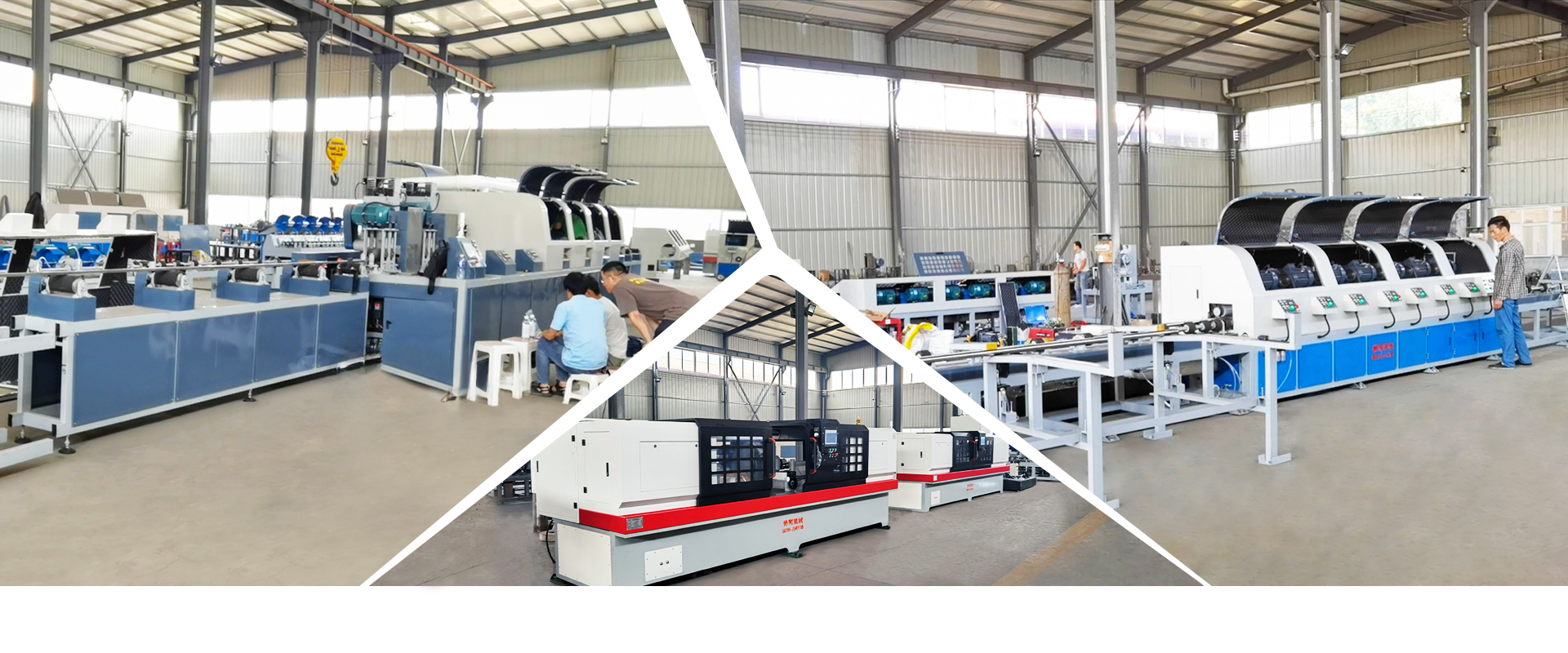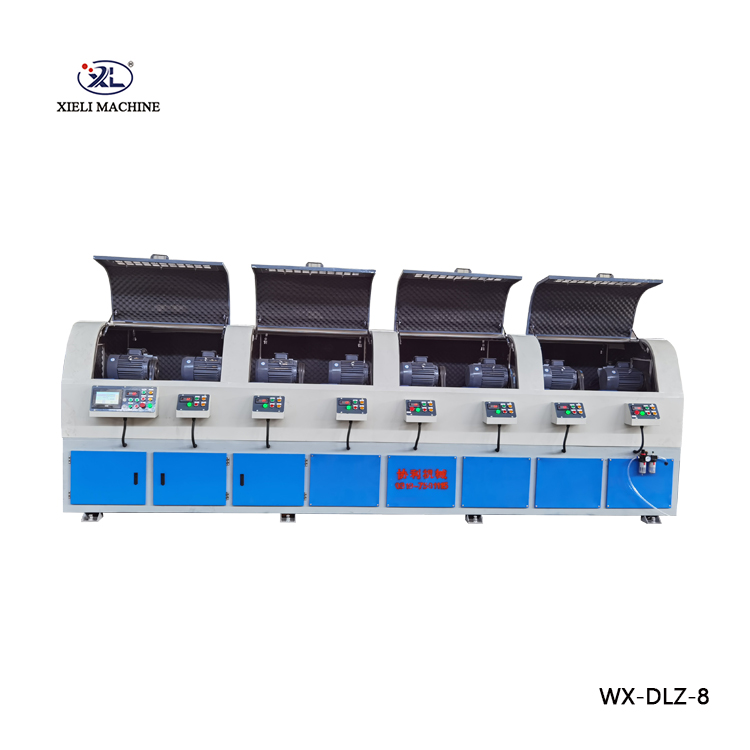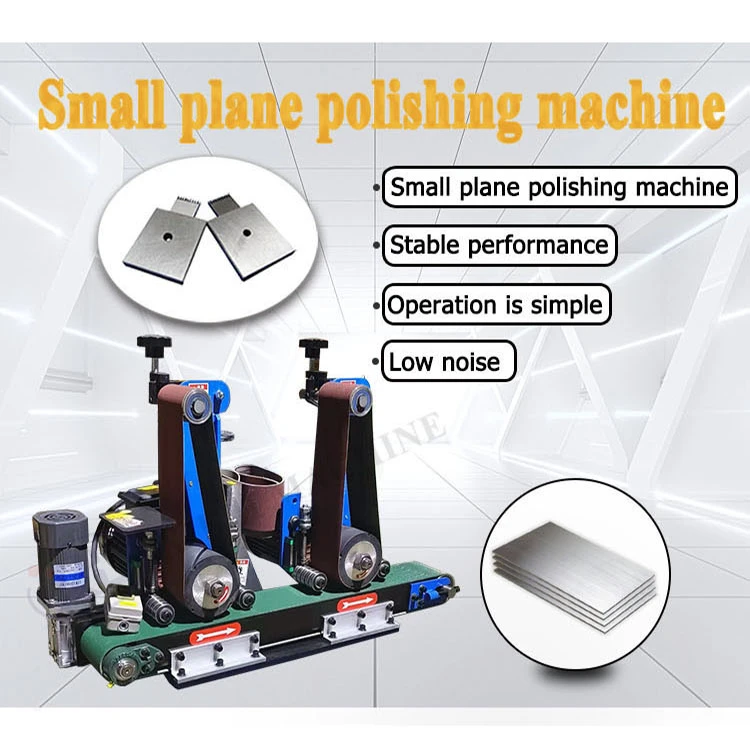Through Feed Centerless Grinder Maximizing Efficiency in Precision Machining
In the realm of precision machining, centerless grinding is a vital process for producing high-quality cylindrical parts with superior surface finishes
. Among various methods, the through feed centerless grinder stands out for its ability to handle long and slender workpieces efficiently.The through feed centerless grinding process involves three main components the grinding wheel, the regulating wheel, and the workpiece. The workpiece is fed through the grinder, supported by the regulating wheel that maintains the correct alignment and speed. Meanwhile, the grinding wheel rotates at a higher speed, effectively removing material from the workpiece as it passes through. This continuous feed system not only enhances productivity but also ensures consistent dimensions and tolerances across multiple parts.
One of the most significant advantages of through feed centerless grinding is its ability to process long parts without the need for elaborate setups or fixtures. Parts can be fed into the machine and processed sequentially, dramatically reducing setup times and minimizing labor costs. This automation is particularly beneficial in high-volume production runs, where efficiency and scalability are crucial.
through feed centerless grinder

Moreover, through feed centerless grinders can accommodate various materials, including metals, plastics, and composites, making them versatile tools in a manufacturer’s arsenal. This versatility is further enhanced by the ability to customize grinding parameters—such as speed, feed rate, and wheel type—to optimize performance based on the specific characteristics of the material being processed.
In terms of precision, through feed centerless grinding excels at achieving tight tolerances, often within a few microns. This level of accuracy is essential in industries such as automotive and aerospace, where even minor deviations can lead to significant performance issues. By ensuring that each part meets rigorous specifications, manufacturers can uphold their reputation for quality and reliability.
However, it is essential to note that not all workpieces are suitable for through feed grinding. Parts with varying diameters, complex shapes, or those requiring extensive customization may necessitate other grinding methods, such as in-feed or plunge grinding. Understanding the specific requirements of a project is crucial for selecting the appropriate grinding technique.
In conclusion, through feed centerless grinding is an optimal solution for manufacturers seeking to enhance productivity and maintain high standards of precision. By leveraging this innovative process, companies can achieve efficient, cost-effective operations while meeting the stringent demands of modern machining applications. As industries continue to evolve, the relevance of centerless grinding in producing quality components remains undeniable, underscoring its importance in the manufacturing sector.





